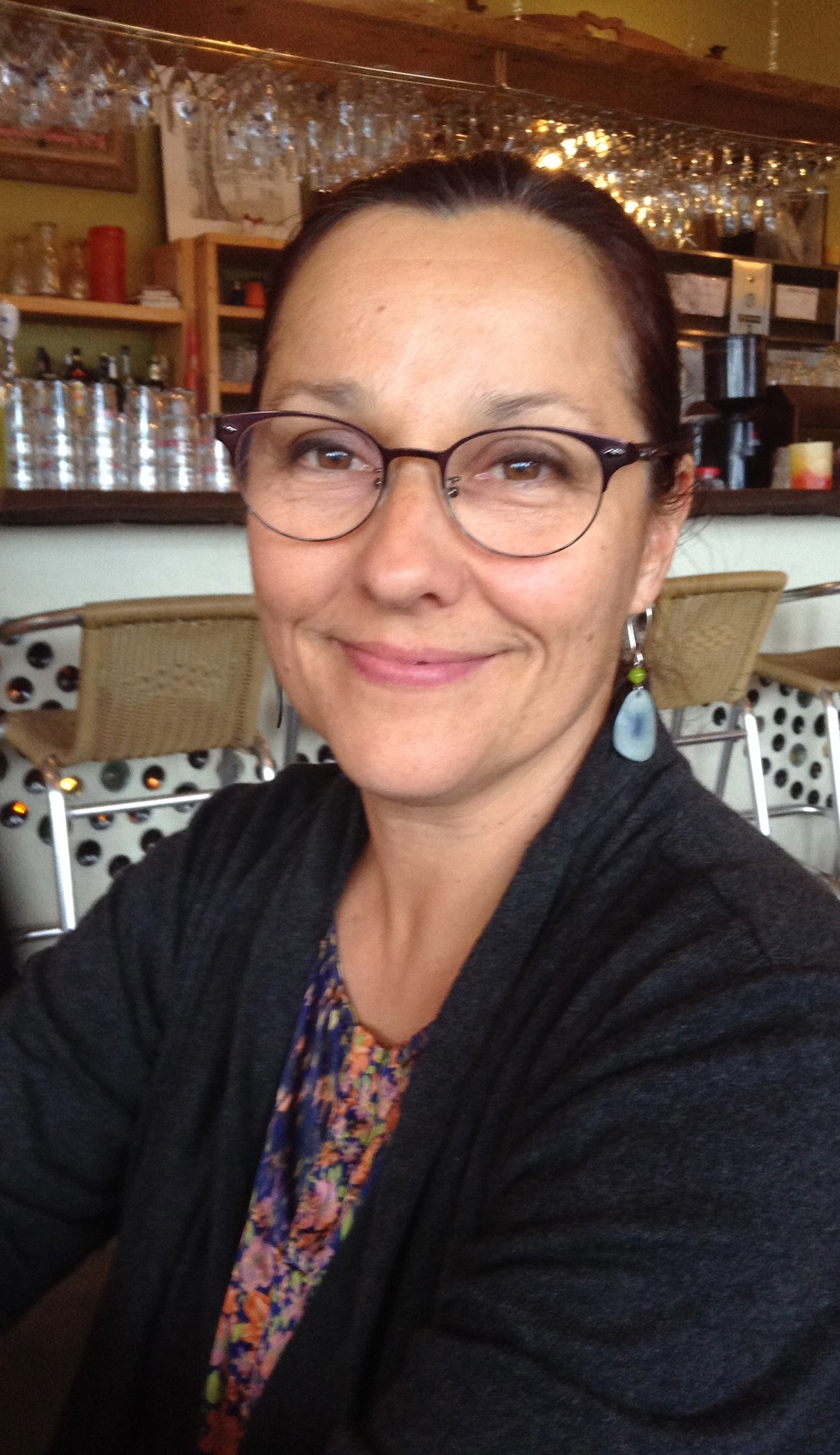Every year, I find myself having a discussion with a colleague about social media. Often times it’s with a newer teacher who is excitedly posting photos and details about his or her new teaching assignment to their Facebook page. I don’t blame them for being excited; I am often proud of things I have done in class and want to share them! When I got my contract, I couldn’t wait to tell people. And you can do that! Just be careful about HOW you post details of both your personal and your professional life.
At least once a year, I find a teaching colleague who has a public Facebook profile. Sometimes these profiles are perfectly tame – no details, no real status updates, and I get the distinct impression that they have a profile only to read other people’s posts. Often, however, I find a wide variety of details: names of family members, home address or phone number, e-mail addresses, photos of themselves and their families or friends, sometimes some truly unflattering photos which don’t even approach “professional”…
I’m not Facebook stalking, I promise. When I come across these teaching colleagues’ profiles, it’s usually because they popped up in my “People You May Know” tab, likely because Google and Facebook are forever stalking ME and connecting all of my social media accounts without my knowledge. I should probably stop leaving five Gmail tabs and two Facebook tabs open at all times.
Back to the topic at hand. Sometimes, I find photos of students at my school. Posted by teachers. Purely innocent – it’s often a “Look what awesome thing my students did today!” kind of post. The intention is kind. The thing is, those aren’t your kids. You don’t have permission to post those photos. And if I’m not on your friends list and I’m finding these photos, it means that anyone can see them – along with any other details you’ve posted, like where you work.
Now, lots of people think, “Really, Shawna? Who even cares about that kind of thing, though? I have ten Facebook friends. No one is ever going to find my profile… definitely not my students or their parents.”
Ha. HAHA. 🙂
In five years, these are just some of the experiences I have had on social media:
- Students looking me up by name on Facebook;
- Students looking me up by e-mail on Facebook;
- Parents finding me through mutual friends because they saw me comment on said friend’s profile and figured out who I was even though I was using a pseudonym;
- Parents finding me through posts I made on ETFO’s Facebook page;
- Students finding my personal e-mail address which does not have my name anywhere in it and isn’t connected to ANYTHING I do professionally;
- Students finding my personal Twitter account;
- Students finding my XBox Live account with my personal e-mail address they found somehow…
I could go on, but it would become (even more) glaringly obvious to everyone reading this that I spend entirely too much time on the internet.
Those are all things that have happened to me in five years of teaching Grades 4 and 5, and I’m careful. I didn’t use my real name for ages on Facebook. I never do anything professional with my personal e-mail address. My personal social media accounts are not connected to my work e-mail address in any way. When commenting on friends’ pages, I do not give any personal details. Still, they find me. They request to add me as a friend. I turn them down. We do the same dance six months later when they find me again. Try having a parent/teacher interview after you’ve (kindly) turned down a parent’s Facebook friend request. It’s awkward.
The point is, they’re looking. They look up everyone. Students, parents, colleagues – someone out there has looked you up on Facebook, almost certainly. And if my Facebook profile wasn’t private, they would suddenly have access to ten years’ worth of photos, status updates, events, rants, laments… I’m pretty open with my students, but not THAT open.
While I am in no way a fan of the idea that everything you do online can have professional repercussions, like it or not, we are members of a profession which doesn’t really have “off hours.” Before you post that photo of you at the cottage with friends, before you post a photo of a few of your students doing your hair because they met their Terry Fox goal, before you use the same address for both Facebook and communicating with parents… imagine your students looking you up. Or their parents. Or your boss.
Be careful what you post. Be mindful of your privacy settings. Know that nothing is ever completely “private” on the internet because someone with access could repost it without your consent.
And for heaven’s sake, set your Facebook profile to be private. 🙂




![4gzuYzgeDK2uv1DA[1]](https://heartandart.ca/wp-content/uploads/2015/06/4gzuYzgeDK2uv1DA1-576x1024.jpg)

